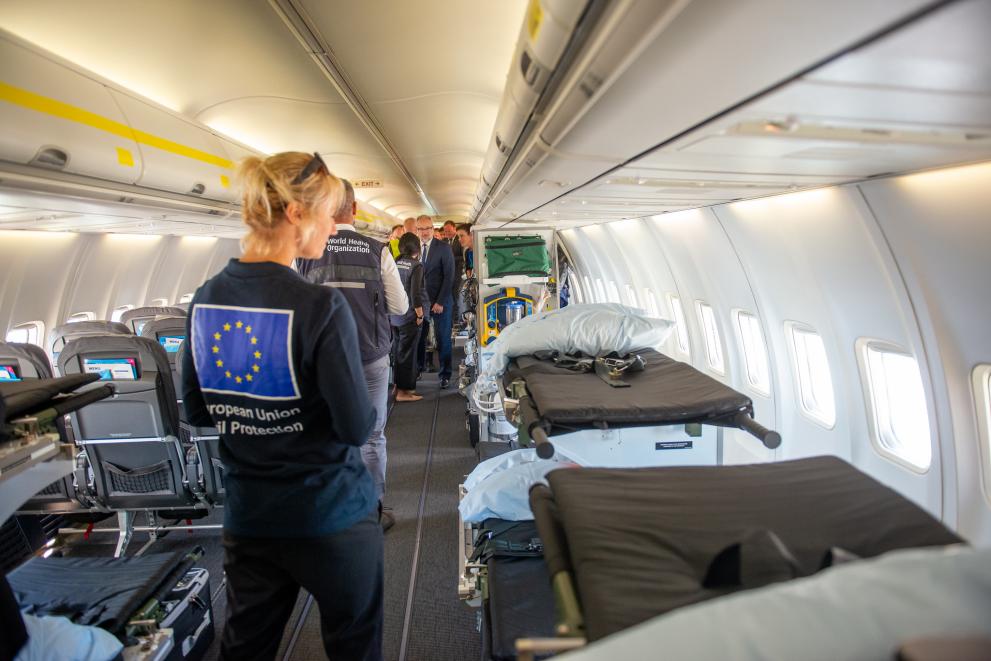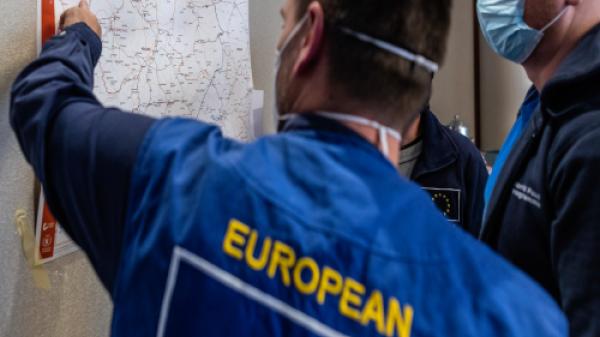Launch of the revamped Science4Peace portal
The Science4Peace portal is now equipped with enhanced tools to support conflict early warning, prevention, and crisis preparedness efforts
We are pleased to announce the launch of the revamped Science4Peace portal, now equipped with enhanced tools to support conflict early warning, prevention, and crisis preparedness efforts. It aims to give policy makers easy access to conflict-related data through the use of interactive data visualisations and maps.
The new portal features four conflict analysis tools that focus on (1) structural conflict risk (Global Conflict Risk Index); (2) short-term conflict forecasts (Dynamic Conflict Risk Model); (3) monitoring of recent conflict events (Conflict Event Trends); and (4) maps of emerging and ongoing crises (Global Crisis Atlas). The Country Profiles integrate data from all four tools in a single page, covering 140 countries.
The transformation of the tools is a result of a collaborative effort by the the European External Action Service (EEAS) and the European Commission's Joint Research Centre (JRC) and Service for Foreign Policy Instruments (FPI) with funding from the Neighbourhood, Development and International Cooperation Instrument (NDICI - Global Europe) - Peace, Stability and Conflict Prevention thematic programme for conflict prevention, peacebuilding and crisis preparedness.

Recent conflict events around the world reiterate the need for robust analytics. Anticipation and early warning are essential capabilities required to fulfil that mission. For example, the current version of the Global Conflict Risk Index (GCRI) uses 22 variables in six risk areas: Political, security, social, economy, geography/environment, and demographics. The criteria used for variable selection include theoretical support, empirical evidence, data availability and predictive performance.
The GCRI uses historical data from 1991 up to the present to train a statistical model that can estimate conflict risk in the near future. The model distinguishes between the following three types of conflict: state-based conflict, non-state conflict, and one-sided violence. For each conflict type, as well as for all conflicts combined (any conflict), the GCRI estimates the average probability of conflict as well as the likely intensity of violence over the next 1-4 years.
The GCRI does not attempt to precisely predict the outbreak of individual conflicts. Instead, the goal is to assess each country’s underlying risk based on recent historical patterns and current structural conditions. These risk assessments are by definition probabilistic, meaning that high conflict risk does not inevitably result in conflict, while some low-risk countries may still experience violence in the near term.
The access policy of the portal is layered. Science4Peace portal access is limited to staff from EEAS, the European Commission, other European Institutions, and Member States’ ministries and government offices with whom the EEAS has established a prior cooperation on conflict prevention, conflict analysis or crisis preparedness.
Users from other international organisations may also apply for access, subject to approval from EEAS and FPI. By default, the Science4Peace portal only grants authorised users “basic access” rights to core features of the portal. Selected members of EEAS and the European Commission external relations family are granted access to additional products, and analytics with limited distribution.
To explore how the tools might be of use for your work, please visit https://science4peace.jrc.ec.europa.eu/ and log in using your EU Login account (the same as on the Knowledge Network platform). A new Science for Policy brief is also available to describe the tools. Should you have any inquiries or feedback, please do not hesitate to reach out at JRC-science4peace@ec.europa.eu.
We hope that the new portal will prove to be useful in your activities going forwards!


Sectors
Risk drivers